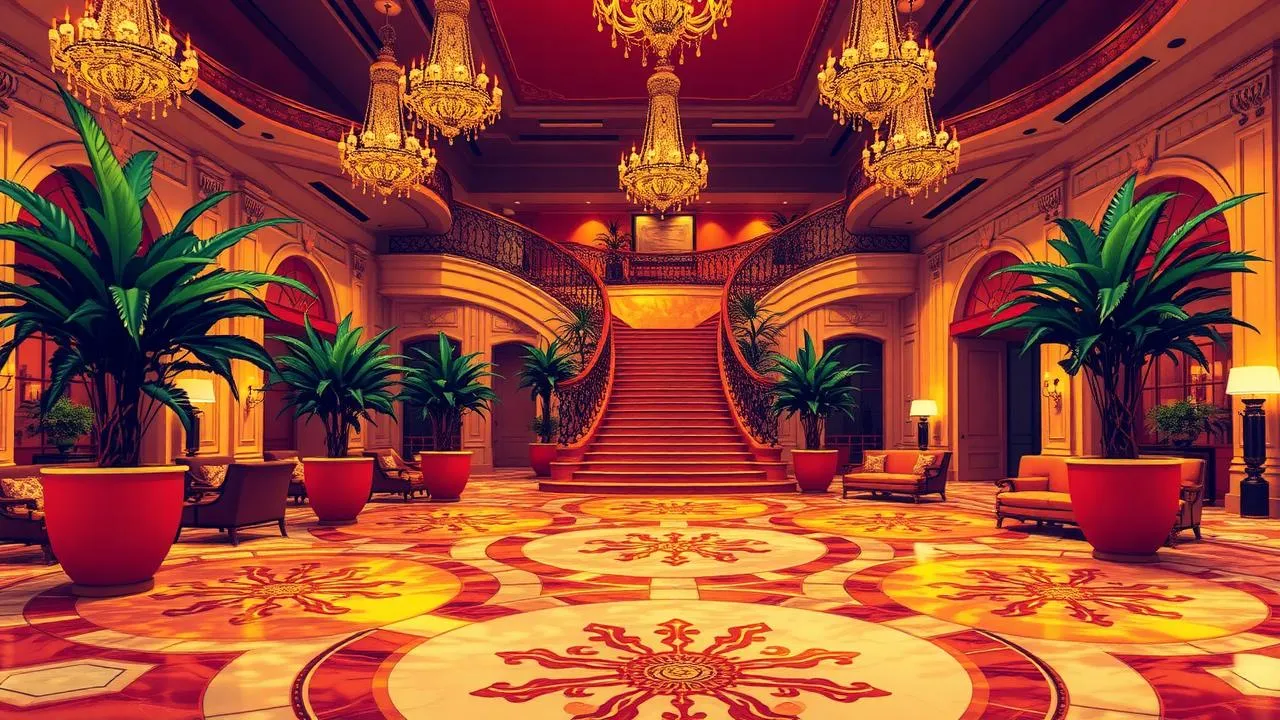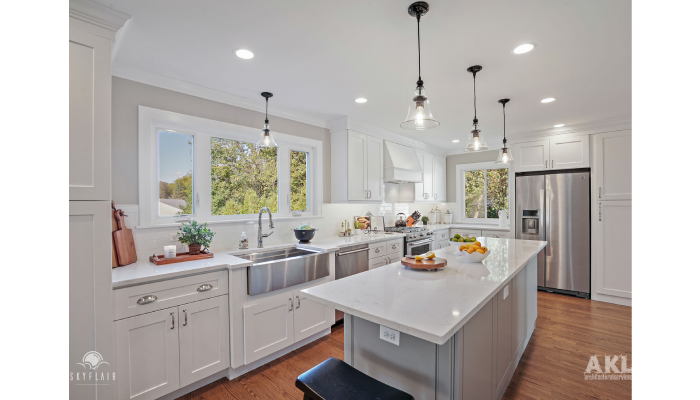LED art lights offer a practical way to save energy while enhancing the display of artworks. They use 60% to 90% less power than traditional lighting, which cuts electricity costs and reduces heat production—helping museums lower cooling needs. Their high Color Rendering Index means colors appear more true-to-life, letting viewers see the art as it was meant to be seen. LEDs emit very little UV and infrared light, protecting delicate materials from fading or damage over time. Plus, their compact design allows curators to direct light exactly where needed, improving focus without glare. Overall, they support both better preservation and a more sustainable environment.
Energy Efficiency and Long-Term Cost Benefits of LED Art Lights
LED art light use 60% to 90% less energy than traditional incandescent or halogen lamps, which leads to significant reductions in electricity consumption. Many museums and galleries that have made the switch report energy cost savings of up to 85%, lowering their overall operational expenses. This lower power demand also helps reduce the carbon footprint of art spaces, supporting sustainability goals. Because LEDs emit very little heat, they reduce the strain on air conditioning systems, further cutting cooling costs. Their long lifespan means fewer bulb replacements, saving money on both maintenance labor and materials, especially in hard-to-reach fixtures. The low heat output not only protects temperature-sensitive artwork but also decreases the risk of costly conservation issues. LEDs maintain steady performance throughout their life, avoiding energy spikes or dimming that can increase costs. Additionally, transitioning to LED lighting often qualifies institutions for energy rebate programs, helping to offset the initial investment. With less frequent servicing needed, galleries experience fewer disruptions, making LEDs a practical and cost-effective lighting solution for art display environments.
How LED Lights Improve Color Accuracy and Art Presentation?
LED lights with a Color Rendering Index (CRI) of 80 or above provide a more accurate representation of artwork colors, allowing viewers to see the piece as the artist intended. High CRI LEDs reveal subtle differences in hue and shading that lower-quality lighting often mutes or distorts. Adjustable color temperature settings give curators the flexibility to select warmer or cooler tones that best complement the style and mood of each artwork. Unlike traditional lighting, LEDs offer uniform illumination without flicker, reducing eye strain and distractions for visitors. Their ability to focus precisely on specific details enhances the texture and depth of paintings, sculptures, and mixed media, while avoiding unwanted glare or hotspots. The consistent spectral output of LEDs ensures colors remain stable over time, which is essential for maintaining visual integrity during exhibitions. Additionally, this improved color fidelity supports more accurate photographic documentation, capturing details that might otherwise be lost under inferior lighting. The adaptability of LED lighting makes it easier to tailor setups for different exhibitions or art types, enhancing overall presentation and appreciation.
Protecting Artwork with Low UV and Heat Emission LEDs
LED lights are ideal for protecting artwork because they emit very little ultraviolet (UV) and infrared (IR) radiation, two of the main causes of fading and material damage. Sensitive materials like paper, textiles, and pigments are especially vulnerable to light damage, and reducing UV exposure helps preserve these delicate surfaces over time. Unlike traditional lighting such as halogen or incandescent bulbs, LEDs produce much less heat, which prevents drying, cracking, or warping that can occur when art is exposed to excessive warmth. This lower heat output also minimizes the risk of creating microclimates around the artwork, conditions that can accelerate deterioration. Many LED art lights come with built-in UV and IR filters, offering an additional layer of protection for fragile pieces. Dimmable LED systems allow curators to fine-tune light intensity, ensuring visibility while maintaining safe levels of exposure. Because LEDs emit minimal heat, they can be placed closer to art without fear of damage, unlike the higher temperatures generated by traditional bulbs. This consistent low heat not only extends the life of the artwork but also preserves the lighting fixtures themselves. Using LED lighting supports conservation standards by limiting harmful light exposure, making it a practical choice for museums and galleries focused on long-term preservation.
Flexible Lighting Design and Control Options for Art Displays
LEDs are compact and highly directional, allowing galleries to precisely target light on individual artworks or specific display sections. Using track lighting and adjustable LED spotlights, curators can easily control beam angles, which helps minimize glare and reflections that might distract viewers or obscure details. Advanced control systems like DMX offer dynamic lighting options, enabling zone-based management and customizable scenes that suit different exhibitions or times of day. Dimming features let curators set the mood and reduce overall light intensity when full brightness isn’t needed, which not only saves energy but also helps protect delicate pieces from overexposure. Many LED systems allow color temperature tuning, so lighting can be adjusted to create warm or cool atmospheres that complement various art styles. Modular fixtures are especially useful as they can be repositioned or reprogrammed quickly to accommodate new displays without extensive rewiring. Wireless and smart controls add convenience by enabling remote adjustments, making it easier to respond to changing needs or visitor flow. Additionally, multiple beam angles and lens options give flexibility in shaping light spread and focus, ensuring each piece is showcased properly. Some setups integrate sensors that adjust lighting automatically based on visitor presence or natural daylight, balancing ambiance with energy efficiency. These flexible design and control options help museums and galleries maintain high-quality illumination while conserving energy and adapting seamlessly to evolving exhibitions.
Managing Heat and Fixture Design to Protect Art
LED fixtures are built with heat sinks and thermal management components that efficiently dissipate heat, preventing damage to both the light source and the artwork. This careful heat control reduces the risk of hot spots that can degrade sensitive materials over time. Fixtures often include louvers or recessed lamps, which cut down on direct glare and create a more comfortable viewing experience. Proper spacing and ventilation around these fixtures are crucial to avoid heat buildup near delicate pieces, especially when multiple lights are used. Clustering fixtures can cause localized heating, so designers space them out to maintain stable temperatures. Materials used in fixtures either absorb or reflect heat, helping to keep the microclimate around artwork consistent. This stability supports artwork conservation by avoiding temperature fluctuations that might cause fading or cracking. Additionally, thermally optimized fixtures not only protect the art but also extend the LED lifespan and maintain steady light output, reducing maintenance needs. Thoughtful fixture design lets lights blend seamlessly into gallery spaces, preventing visual distractions while providing effective illumination. Overall, managing heat through smart fixture design is key to preserving art and enhancing the display environment.
Environmental Benefits of Using LED Art Lighting
LED art lighting provides notable environmental benefits that align well with sustainability goals in museums and galleries. Unlike fluorescent lamps, LEDs contain no mercury or heavy metals, which makes disposal safer and less harmful to the environment. Their long lifespan means fewer replacements, reducing waste and the environmental costs tied to manufacturing and transportation. LEDs also consume significantly less energy, which lowers greenhouse gas emissions from power plants and decreases air pollution. Because LEDs emit less heat, they reduce the demand on cooling systems, further cutting energy use and associated emissions. Additionally, the durability of LED fixtures limits the frequency of replacements, minimizing resource use and transportation needs. Many LED manufacturers offer recycling programs and take-back options, promoting responsible end-of-life management. Switching to LED art lighting supports broader institutional commitments to sustainability and can contribute to green building certifications, making it a practical and eco-friendly choice for art spaces.
Adapting LED Lighting for Historic and Modern Art Spaces
LED lighting offers a versatile solution that fits both historic galleries and modern exhibition spaces. In older buildings, LED fixtures can be carefully installed to preserve architectural details while improving light quality. Their low-profile design and discreet appearance help maintain the visual integrity of classic interiors without standing out. LEDs also bring flexibility to exhibition layouts, easily adjusting to showcase traditional paintings or interactive art installations. Adjustable beam angles and color temperatures let curators tailor the lighting to suit different artworks and room characteristics, replicating the warm tones of historical lighting styles but with modern efficiency and control. Smart LED systems can respond dynamically to changes in the environment, enhancing visitor experience in both old and new spaces. Additionally, modular LED designs support reversible installations, meeting strict preservation guidelines in sensitive historic sites. Energy-efficient LEDs reduce electricity costs, which is especially helpful in large, older museum buildings where lighting can be a major expense. This balance of preservation, adaptability, and efficiency makes LED lighting a practical choice for a wide range of art spaces.
Enhancing Visitor and Curator Experience with LED Lighting
LED lighting delivers vibrant and steady illumination that makes artworks easier to see and appreciate. Its flicker-free nature helps visitors avoid eye strain, offering a more comfortable viewing environment. By reducing glare and allowing precise control of light angles, distractions are minimized, helping visitors focus on the art itself. Curators gain from flexible lighting controls that let them adjust brightness and color temperature, tailoring displays to suit different pieces and moods. The ease of use in many LED systems, often featuring intuitive interfaces, enables quick adjustments without disrupting the gallery flow. Lower maintenance needs mean curators spend less time handling lighting issues and more time on curation. Improved light quality also supports clearer photographic documentation and digital archiving, essential for preserving art records. The ability to dim lights or shift color tones helps convey stories through light, enriching the narrative around exhibits. Visitors notice sharper details and more accurate colors, which boosts overall satisfaction and engagement. Additionally, LED lighting contributes to a sleek, modern atmosphere that enhances the professionalism of exhibition spaces.

Mary Burns is a dedicated writer focusing on health and fitness topics. With a passion for promoting wellness and vitality, Mary shares her knowledge and expertise through engaging and informative blog posts.




